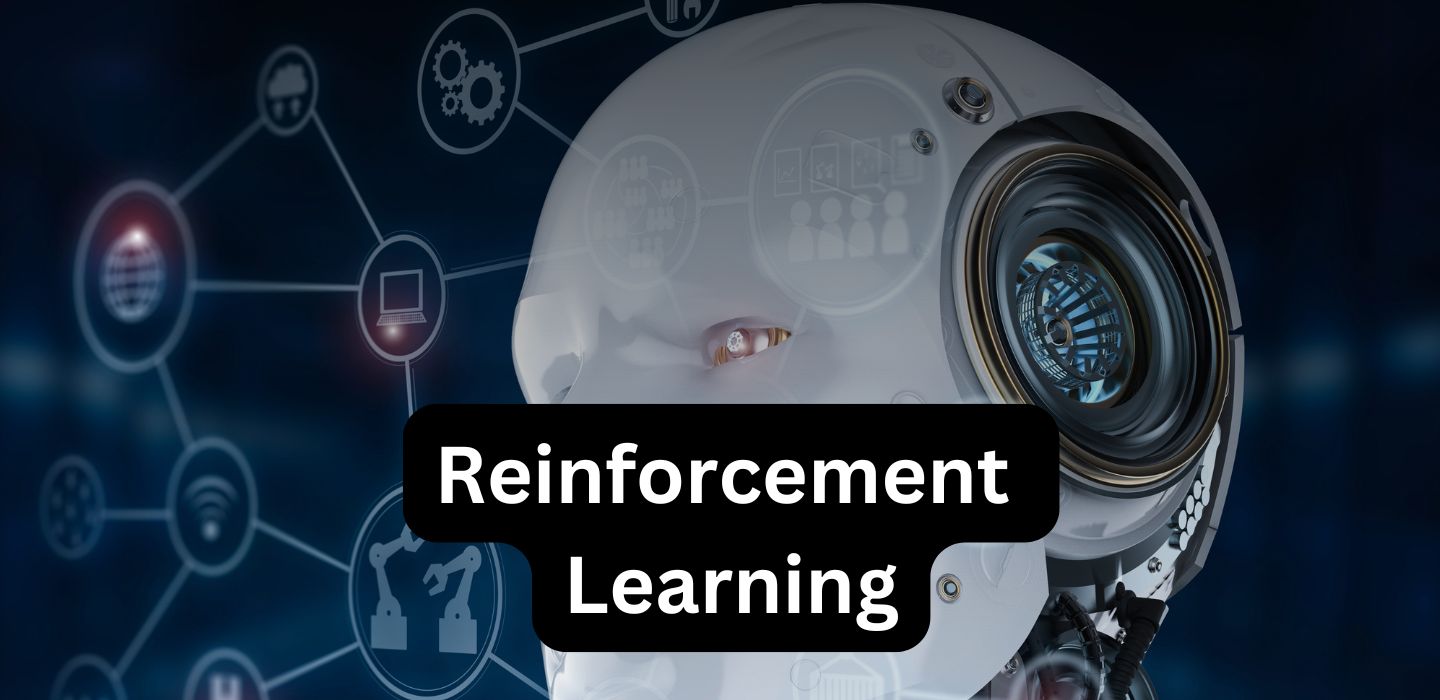
Artificial Intelligence has undergone several transformations over the past few decades, from expert systems to neural networks, and now to models that can learn through experience this is where Reinforcement Learning (RL) comes into play. Unlike traditional machine learning methods, which rely heavily on labeled data, RL enables machines to act, learn, and optimize their behavior through trial and error. This makes it a crucial technology for robotics, self-driving cars, game AI, and automated decision-making systems.
But what makes Reinforcement Learning so powerful? And why has it become one of the most exciting frontiers in AI?
In this article, we will demystify Reinforcement Learning how it works, why it’s different from other learning methods, and where it’s being used today. We will also explore the key challenges that researchers and engineers face in scaling RL for real-world applications.
The Core Idea Behind Reinforcement Learning
At its core, Reinforcement Learning is about teaching an AI agent to make decisions by interacting with its environment. It follows a fundamental loop:
- The Agent (AI model) takes an action in an environment.
- The environment responds with a reward (or penalty).
- The agent learns from feedback and adjusts its future actions to maximize rewards.
- This process continues over multiple iterations until the agent optimizes its decision-making.
Instead of being programmed with specific rules, the AI learns through experience, much like how humans learn by trial and error.
Why Reinforcement Learning is Different from Other AI Methods
Reinforcement Learning is unique because it focuses on decision-making over time. Let’s compare it to other learning paradigms:
- Supervised Learning: Requires labeled data and focuses on prediction tasks (e.g., classifying images, detecting spam emails).
- Unsupervised Learning: Finds hidden patterns in data without labels (e.g., clustering, anomaly detection).
- Reinforcement Learning: Does not require labeled data but instead learns by interacting with an environment and optimizing rewards.
Unlike supervised learning, which works well for static tasks, RL excels in dynamic and uncertain environments, making it highly suitable for robotics, automation, and strategic decision-making.
Real-World Applications of Reinforcement Learning
Reinforcement Learning is no longer just a research topic it’s being used in high-impact real-world applications:
- Autonomous Systems & Robotics
- Self-driving cars use RL to navigate complex environments and make real-time driving decisions.
- Industrial robots optimize manufacturing processes and improve automation.
- Healthcare & Drug Discovery
- AI agents optimize treatment plans for patients by continuously learning from medical data.
- RL models are accelerating drug discovery by exploring large molecular datasets.
- Finance & Trading Algorithms
- RL is used to develop automated trading systems that learn from historical market patterns.
- Portfolio management strategies are optimized using dynamic reward-based learning.
- Game AI & Strategy Optimization
- DeepMind’s AlphaGo defeated world champions in Go by mastering strategic gameplay.
- AI-powered NPCs in video games learn to adapt to player behavior for more engaging experiences.
- Recommendation Systems
- Companies like Netflix, YouTube, and Amazon use RL to improve content recommendations by continuously learning from user interactions.
These are just a few examples of how RL is transforming industries. The potential applications are expanding rapidly, making it one of the most sought-after skills in AI research and engineering.
The Key Challenges in Reinforcement Learning
While RL is incredibly powerful, it is also one of the most computationally demanding AI techniques. Here are some of the biggest challenges researchers are working to overcome:
- Sample Efficiency: RL models require millions of iterations to learn optimal strategies, making them expensive to train.
- Exploration vs. Exploitation: Balancing the need to try new strategies vs. sticking with what works is an ongoing challenge.
- Scaling to Real-World Complexity: Many RL models perform well in simulations but struggle in unpredictable real-world settings.
- Safety and Ethics: AI models that learn through trial and error can make mistakes. Ensuring safe and ethical decision-making is critical.
Despite these challenges, advancements in Deep Reinforcement Learning (DRL) which combines RL with deep learning are making RL more practical for complex real-world applications.
What’s Next for RL? The Road Ahead
As computing power continues to grow, RL is expected to play an even bigger role in AI’s future. Some of the most exciting research directions include:
- Multi-Agent Reinforcement Learning (MARL): Training multiple RL agents to collaborate and compete in shared environments.
- Meta-Reinforcement Learning: Enabling AI models to learn how to learn, reducing the amount of training data needed.
- RL for General AI (AGI): Exploring whether RL can lead to truly autonomous AI systems capable of reasoning, planning, and long-term learning.
Reinforcement Learning is not just another AI technique it is a fundamental step toward intelligent decision-making systems. As research continues to evolve, we are likely to see AI agents that learn faster, adapt better, and integrate seamlessly into our daily lives.
Final Thoughts: Why RL Matters
Reinforcement Learning is at the heart of some of the most groundbreaking advancements in AI. Its ability to mimic human-like learning makes it uniquely suited for dynamic and complex problem-solving.
Whether it’s teaching a robot to walk, optimizing financial markets, or revolutionizing drug discovery, RL is reshaping how machines learn to make decisions in the real world. The next decade will be crucial in unlocking the full potential of RL, pushing AI closer to true autonomy and intelligence.
If you’re an AI enthusiast, engineer, or researcher, understanding RL is essential for staying ahead in the field of artificial intelligence. Let’s explore this journey together one learning step at a time.











